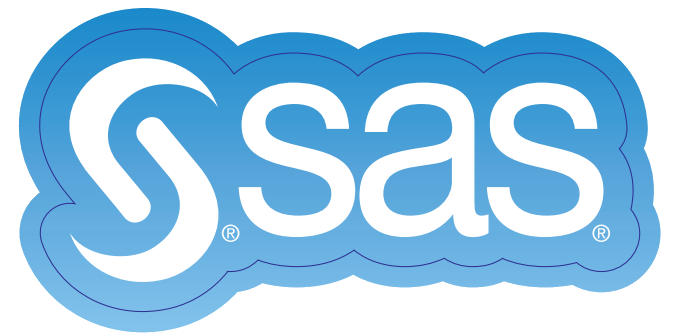
Joseph Castle offers some important considerations that will help you when building and working in an OSS community.

Joseph Castle offers some important considerations that will help you when building and working in an OSS community.

SAS SQL handles missing values differently than the ANSI standard for SQL. PROC SQL follows the SAS convention for handling missing values: numerical missing values are always interpreted as less or smaller than all nonmissing values. My first blog showed that missing values can be troublemakers in non-grouped descriptive statistics.

Fraud detection is becoming increasingly more complex. Customers are demanding a frictionless consumer experience. Luckily, SAS' advanced machine learning models can better prevent fraud and protect customers by analyzing behaviors and detecting suspicious patterns in real-time.
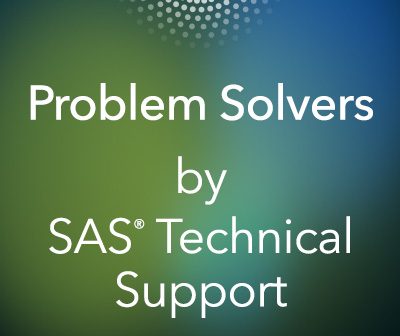
SAS' Chevell Parker walks you through eight formatting scenarios that can occur when using ODS Excel and how to address them using formatting and formatting values after export.

Leonid Batkhan reveals programming technique to build adaptive SAS programs to facilitate transition between various environments for a smoother SDLC.
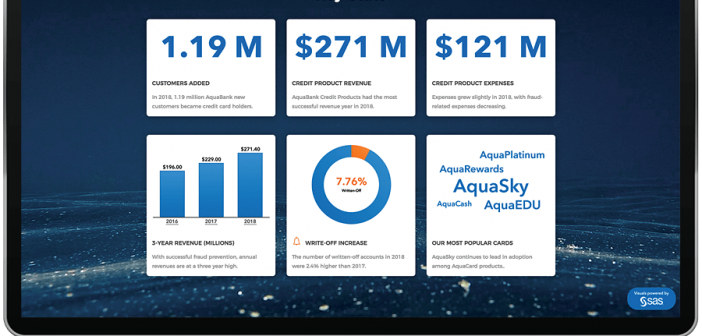
In my previous blog Programmatically export a Visual Analytics report to PDF - SAS Users, I use the SAS Visual Analytics SDK to export a report to PDF, which is quite simple if we have basic knowledge with JavaScript programming. It works for both the latest version of SAS Viya
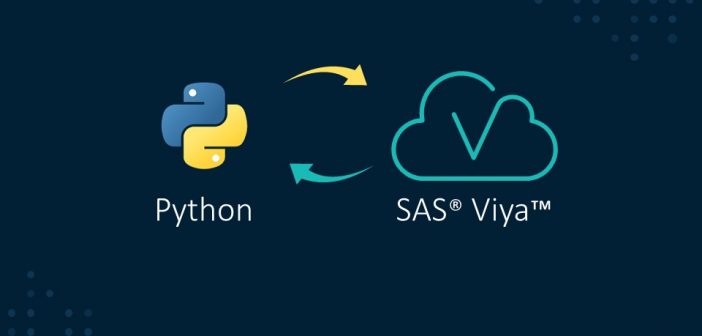
Welcome to the continuation of my series Getting Started with Python Integration to SAS Viya. In previous posts, I discussed how to connect to the CAS server, how to execute CAS actions, and how to summarize columns. Now it's time to focus on how to rename columns in CAS tables. Load and explore data

Group and aggregate CAS tables Welcome to the continuation of my series Getting Started with Python Integration to SAS Viya. In previous posts, I discussed how to connect to the CAS server, how to execute CAS actions, and how to summarize columns. Now it's time to focus on how to group and aggregate CAS

We publish a lot of books by SAS experts at SAS Press, but how does someone become an expert in the first place? Becoming certified is one step, but who develops the certifications in the first place? Those are the true experts. They have to have a deep understanding of
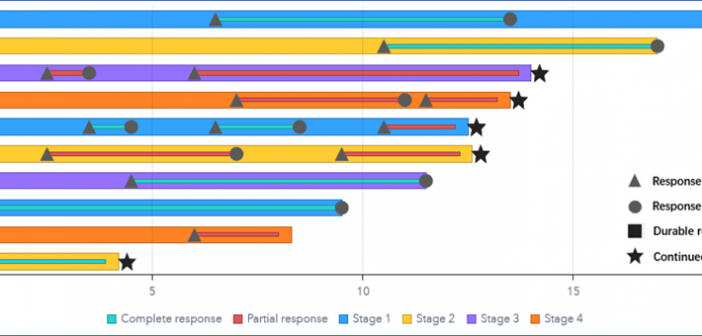
SAS' Cindy Wang shows you how to create a swimmer plot using SAS Visual Analytics.